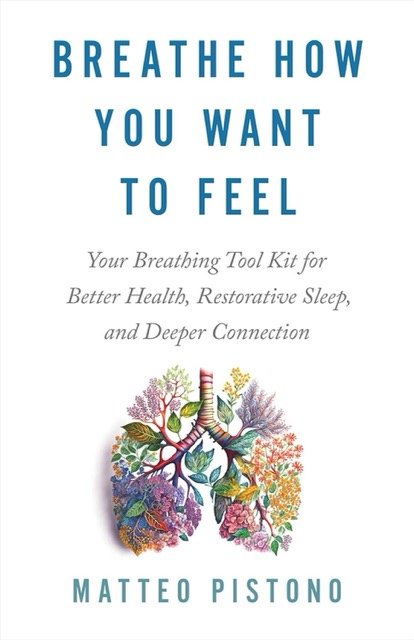5 Ways to Breathe Better on the Bike
Many indoor cycling classes encourage riders to pedal faster until they lose their collective breath, recover, and then repeat. While sprinting burns calories, it’s an expensive process requiring more oxygen.
To pedal for an extended duration, you must perform within your body’s ability to produce oxygen. Beyond this (anaerobic) threshold, you encounter ‘oxygen debt,’ indicating your muscles need more oxygen than your body can produce. This transition away from the aerobic zone and into the anaerobic zone soon leads to a period of recovery.
Everyone knows how to pedal fast and breathe heavily. The goal is to pedal fast and breathe slowly. Cycling is an endurance sport. Taking a multi-hour ride is normal. Excessive sprinting and out-of-the-saddle riding are more of an indoor cycling thing.
Peloton recently announced a new feature to rank the leaderboard by distance instead of output (i.e., watts). I see this as the start of a subtle shift toward endurance-based cycling making a comeback. If you want to get ahead of the curve, here are some strategies to pedal harder for longer:
1
SYNC PEDALING AND BREATHING
Syncing your breathing to your pedal stroke is like putting your body on autopilot. Try 3 revolutions for an inhale and 5 for an exhale. This intentional act focuses the body on the harmony of the two events, distracting it from the effort involved in doing each individually. The goal is to find a nirvana state while pedalling, called flow. Once achieved, small sacrifices, like adding resistance, become a non-event.
2
TRY NASAL BREATHING
Nasal breathing involves breathing exclusively through your nose during high-intensity efforts. Recent research published by the International Journal of Kinesiology and Sports Science found that breathing through your nose is potentially more efficient at medium-to-high intensities. Nasal breathing takes advantage of the lungs’ ability to extract oxygen during exhalation, resulting in 10–20% more oxygen intake.
3
WORK WITH YOUR HEART RATE ZONES
Heart rate zones provide a scale to assess how hard your cardiovascular system works. With max heart rate being the high point, heart-rate zones quantify the intensity of an effort. Modern fitness trackers monitor heart rate data and provide some analysis.
It does take some legwork to apply the data to your specific situation. I focus on resting heart rate and recovery heart rate—long-term trends in those metrics often mirror physical fitness/readiness.
Heart rate variability, a measure of how your body deals with physical exertion, is a newer metric that provides a near-term view of your body’s fitness. The recent fascination with rest and recovery in fitness relies heavily on HRV or other stress-based metrics. Check out this NYT article for more on heart rate zones and related metrics.
4
BREATHE FROM YOUR GUT
Lung capacity decreases with age. Starting at age 30, about 10% of lung capacity is lost per decade. A cyclist in their 20s has twice the lung capacity of someone in their 80s.
Maximizing the oxygen in your lungs per breath can help slow down this process. Forcefully exhaling and emptying the lungs allows a greater intake of oxygen upon inhaling.
If you’re looking for a book on breathing, check out Breathe How You Want to Feel by Matteo Pistono. In this interview, he discusses the relationship between breathing and recovery. More efficient breathing equates to a lesser need for recovery.
5
TAKE A YOGA or PILATES CLASS
Many of the strategies discussed above originate from the ancient practice of yoga. Cyclists take yoga or pilates classes to improve their breathing techniques while improving flexibility.
U.S. Olympian and pro rider Taylor Phinney and Tour de France winner Bradley Wiggins (both now retired) are among many professional riders who practice yoga. American cycling legend Mara Abbott teaches yoga, and grimpeur Katie Hall recently taught her first Pilates class.
Focusing on mindful breathing helps performance. While breathing is typically something our body does on autopilot, try thinking about breathing from time to time— you’ll see the results in your distance at the end of class.
** An earlier version of this article appeared in UnderArmour’s, now defunct, cycling blog.

